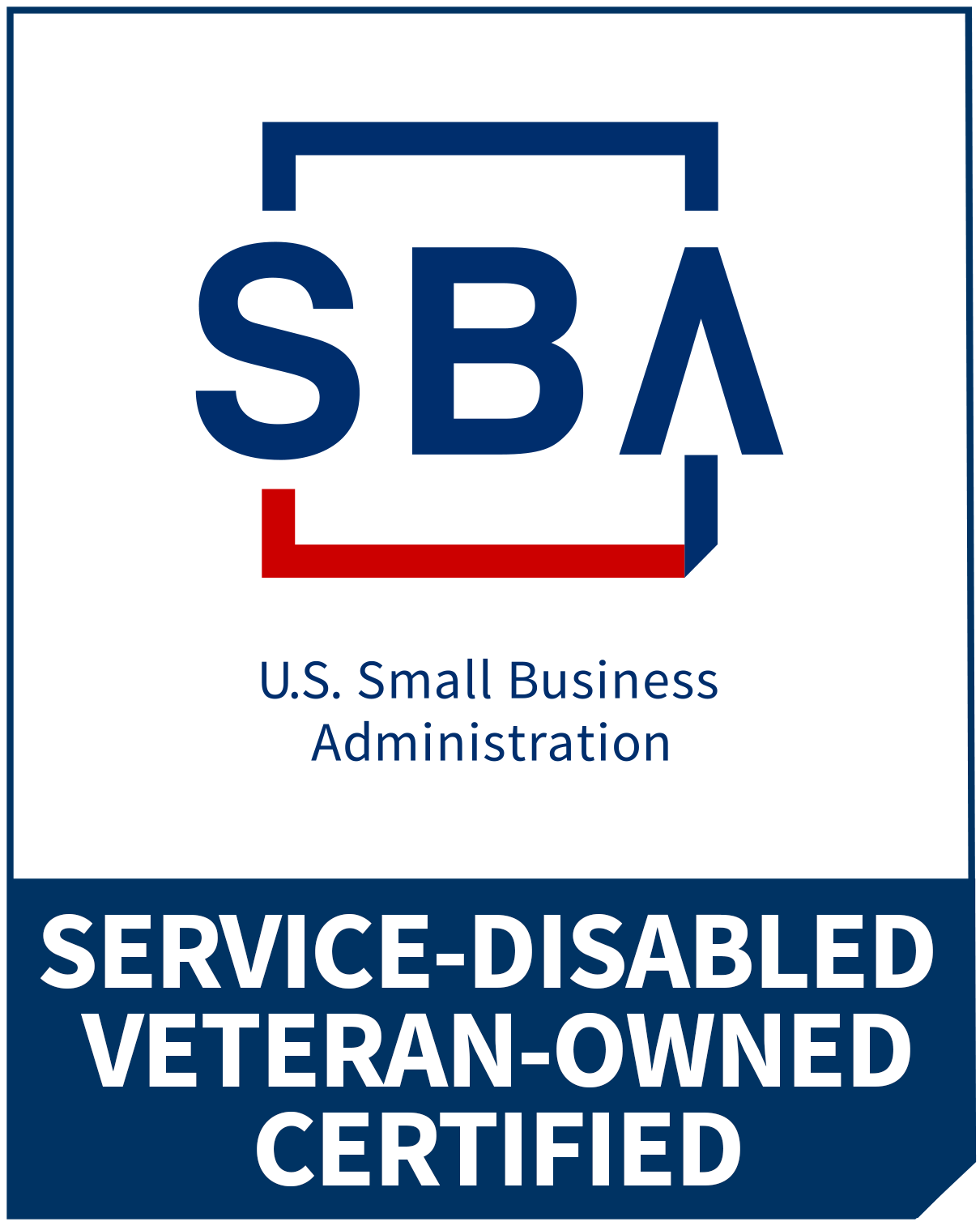This is part three of a four-part series of posts about the components of a world-class CX function. I began last week with an overview of the structure. Since then I’ve posted on CX strategic alignment and your Voice of the Customer program. We come now to the action part of this series of articles where I’ll emphasize what you do to improve your CX. In the last installation we’ll discuss what it takes to build and support a Customer-centric culture.
One of the cliché lines I use with my clients (and anybody else who’ll listen) is that without action, your Voice of the Customer (VoC) program is a lot like the weather: Sure it impacts you, and yes everybody talks about it, but nobody ever does anything about it. A good friend of mine and CX guru Nate Brown will often say that too many folks see VoC as the finish line instead of the starting point that it really is. In fact, if all you’re doing with your CX data is reporting it up to leadership, it’s not likely to be doing much good. No matter how valuable the insights gleaned from (for example, but surely not limited to) survey data, it’s not going to do you any good if you’re not doing something with it. First of all it’s a waste of your analyst’s time and effort to simply report it up the chain or put it on a pretty slide if you’re not going to act on it. Secondly, and more importantly, it’s kind of an insult to your Customers to ask them for their input and not use it to improve their experiences.
So how do you do that?
Traditionally, Process Engineering (Lean, Six Sigma, etc.) is put in place to eliminate extra work, drive efficiencies, and (while it’s unfortunate and shouldn’t be the case, let’s be honest) in a lot of instances, to look for and eliminate redundancies in an organization. But you’d be surprised—well, maybe you wouldn’t—to see how frequently the things that cost you extra in resources also tick off your Customers. Think of dropped calls (which result in another call, often from scratch), re-repair of consumer goods, having to ‘make-good’ for a Customer’s bad experience, the list could march on for quite a while: In all of these instances, not only are you wasting resources, but you’re also driving that CX down. So why not leverage traditional PE, but with the goal of improving your CX instead (or, more accurately, in addition)?
The perspective comes down to prioritization, really. Cost-benefit analyses and ROI study will usually drive an organization to put the ‘biggest bang for the buck’ projects at the top of the list answering the pertinent question: Which one of these will save us the most (perhaps appended with the factor of ‘…for the least amount of work/investment’)? A CX-centric approach to PE changes that perspective a bit by asking instead: Which improvements should we tackle first that will drive the most positive impact on our Customers’ experiences? Again, perhaps here too, we’d include the added constraint of costs.
Now, I use the word “constraint” purposely: Whereas cost (money, resource use, time, etc.) is usually a goal in most PE efforts and CX is a constraint (how do we drive these costs down while maintaining our CX?), when we apply these methods and approaches from the Customers’ perspective, we flip these roles: Cost becomes a constraint with CX as the goal. We’re not choosing PE projects with an eye on the prize of saved money and resources. Rather, we’re keeping those costs in mind as we do all we can to drive our CX (whether it be NPS, CES, C-SAT, etc.) positively.
In the end, all the parts of the equation are still being used, just in a different order and for different purposes.
The best part is that ultimately, you’re also saving money since the projects you choose to execute will make you more efficient and effective anyway. What’s more, you’re going to hit the bottom-line twice: Once when you apply PE practices and talents to root out these inefficient processes (therefore making you leaner and more cost-effective in how you do business), but since you chose the projects that have the most CX ‘bang-for-the-buck’, you’re going to improve your Customers’ satisfaction which leads to greater loyalty, repeat sales, recommendations, and ultimately revenue. Looking only to save money through your PE efforts won’t necessarily have that second-level impact on your bottom line.
I encourage you as a CX professional not to forget the importance (really, it’s crucial) of action in response to your VoC program. With a cadre of process engineers and thought leaders, you can turn your Customers’ voices into tangible improvements that will prove themselves in your metrics and in your bottom-line. Make sure as you head down that journey, though, that people keep in mind the goal: Improved experiences, not necessarily resource use. (Although, happily, they often coincide!)




